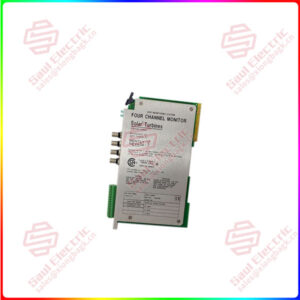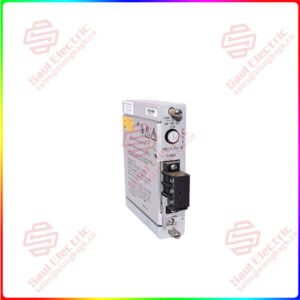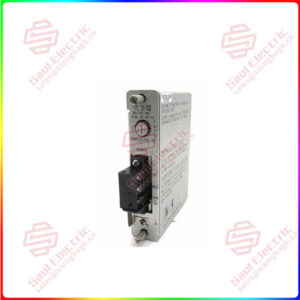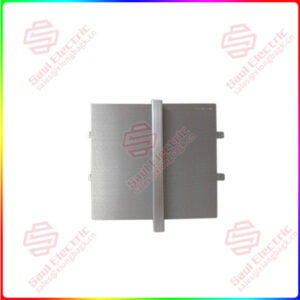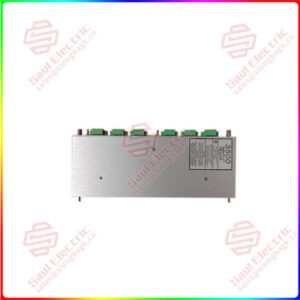Description
Overview
Essential details:PXIE-4302 PXI Analog Input Module
lf you need to inquire or purchase ,please send the product models to my email or call medirectly .
sunny He
[Email] sales@saulcontrol.com
[Mobile] 86-18059884797
[WhatsApp] 86-18059884797
[Skype] sales@saulcontrol.com
PXIE-4302 PXI Analog Input Module
Both AI+ and AI- require a DC path to ground. If the source is AC coupled, a resistor is required between the positive input and AIGND, as shown in Figure 2-4. If the source has low-impedance, choose a bias resistor for the positive input that is large enough not to significantly load the source, but small enough not to produce significant input offset voltage as a result of input bias current. Connect the negative input directly to AIGND.
If the source has high output impedance and is AC coupled, balance the signal path as previously described with balanced bias resistors using the same value resistor on both the positive and negative inputs, as shown in Figure 2-5. Be aware that there is some gain error from loading down the source.
A ground-referenced signal source is a signal source connected to a common ground point with respect to the measurement device.
The difference in ground potential between two instruments connected to the same building power system is typically between 1 mV and 100 mV, but the difference can be much higher if power distribution circuits are improperly connected. If a grounded signal source is incorrectly measured, this difference can appear as measurement error. Follow the connection instructions for grounded signal sources to eliminate this ground potential difference from the measured signal.
Figure 2-6 shows how to connect a ground-referenced signal source to an NI PXIe-4302/4303 with a TB-4302.


 1 Year Warranty
1 Year Warranty

